(NLDO) - The "lost worlds " are in complete contrast to modern Antarctica, full of strange life, although all have turned into fossils.
According to a study recently published in the scientific journal Science Advances, geochronological and sedimentological analysis of drill cores taken from the Amundsen Sea shelf in West Antarctica has revealed two surprising "lost worlds."
The first world, represented by deep sediments dating from the mid-Cretaceous period, about 85 million years ago.
It is a sedimentary layer filled with fossilized traces of countless strange animals and plants, which no longer exist on earth.
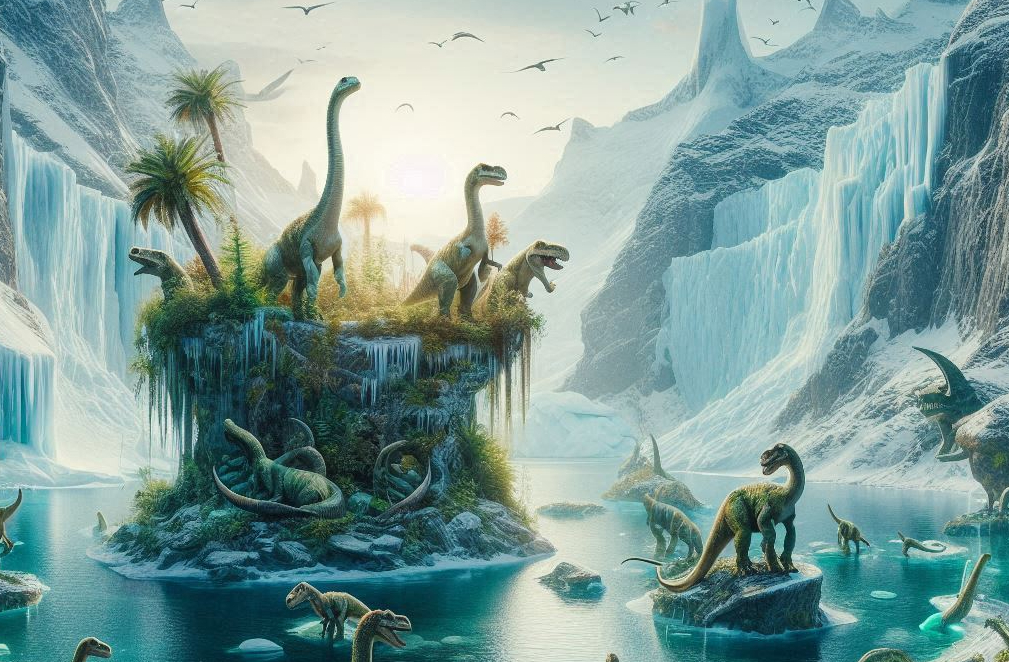
Evidence of a "lost world" from the dinosaur era appears beneath the icy Antarctica - Photo AI: Anh Thu
In addition to the primary fossils, spores and pollen trapped in the ice also revealed a temperate rainforest that once dominated what is now a permanently icy landscape.
The discovery lends credence to a theory that at one point in time, when dinosaurs roamed the Earth, there was a time when it was hotter - at least in the south - and what is now Antarctica was teeming with life.
A second, shallow layer of sediments preserves evidence of another green period during the Eocene (55.8-33.9 million years ago) of the Paleogene, the period immediately after the Cretaceous, when the dinosaurs became extinct.
What is preserved in the sediments shows that Eocene Antarctica was still a vast river delta, with a large load of organic matter, suggesting that many animals and plants lived there at that time.
That ancient river delta had as its "backbone" a giant river system that flowed from the rising Transantarctic Mountains into the Amundsen Sea.
Scientists previously knew about another ice-free period of Antarctica, through the ill-fated Terra Nova expedition in 1910–1913, according to Heritage Daily.
The expedition discovered fossils from Glossopteris plants, a genus of seed ferns that became extinct during the end-Diepasiatic mass extinction, which occurred about 252 million years ago.
Source: https://nld.com.vn/phat-hien-2-the-gioi-da-mat-an-minh-duoi-nam-cuc-196240707100034435.htm




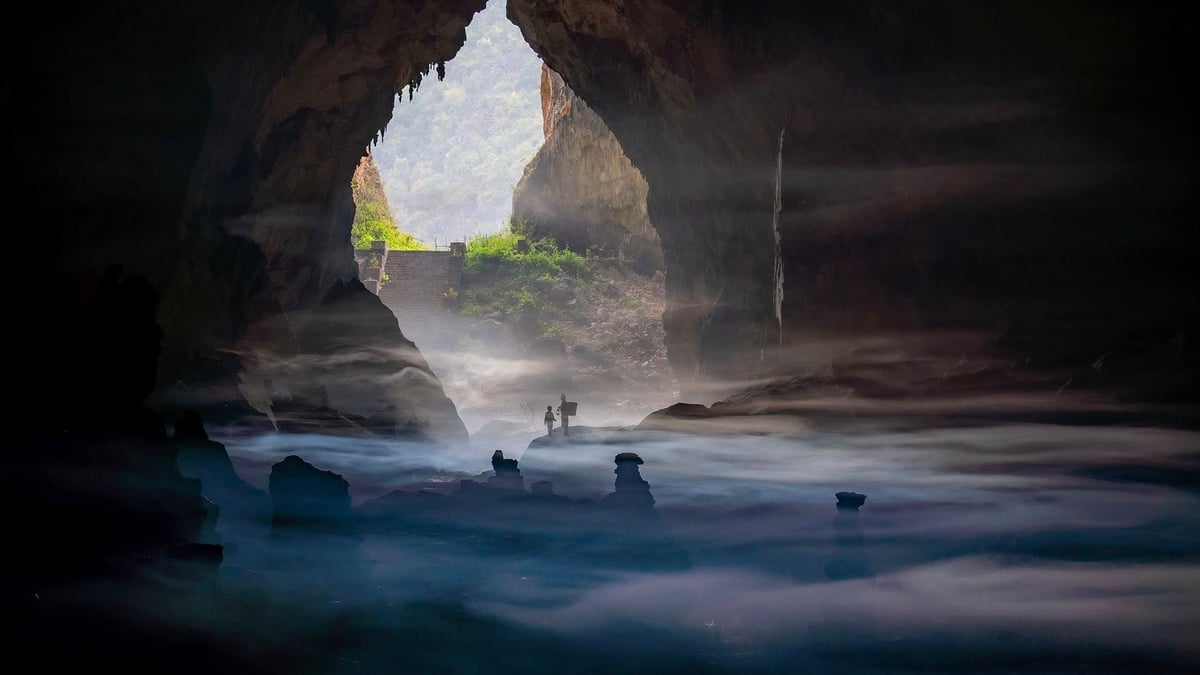
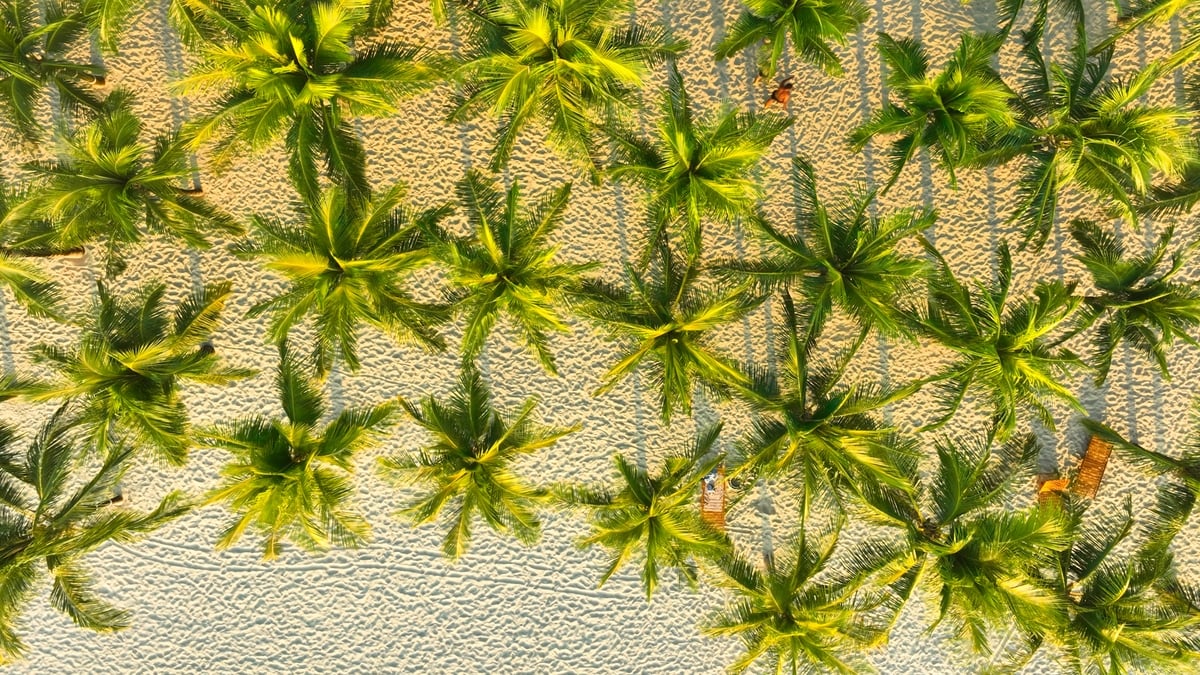
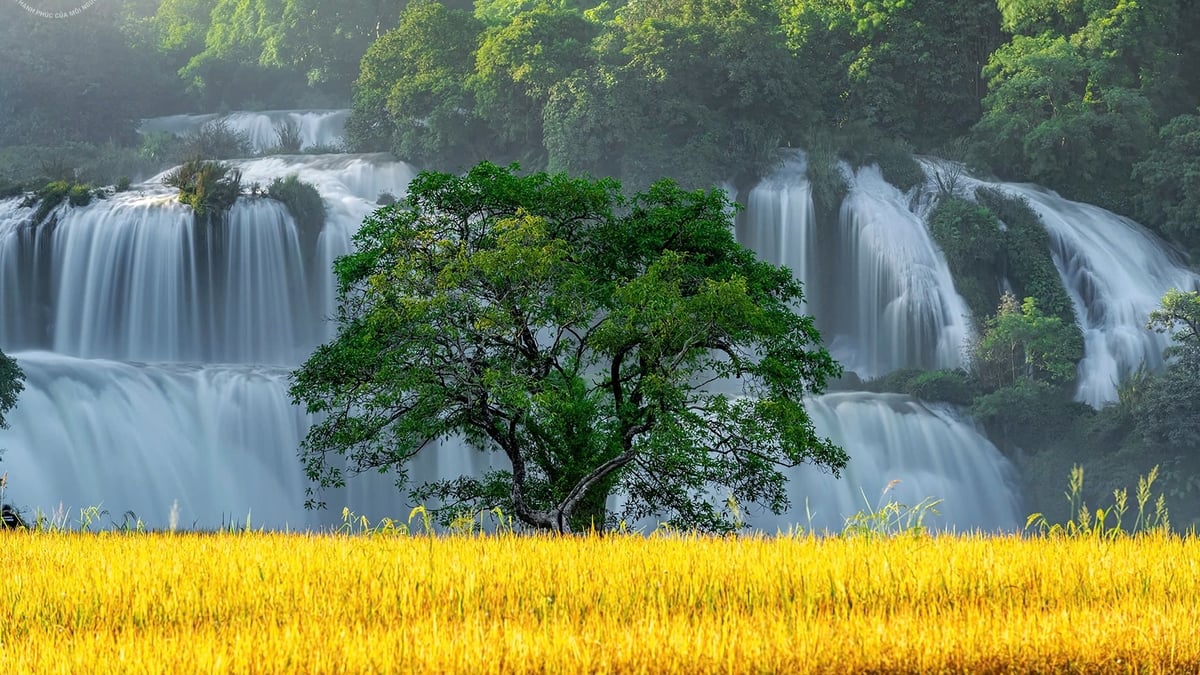

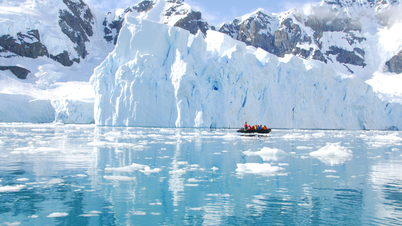

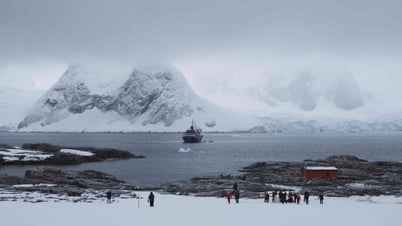
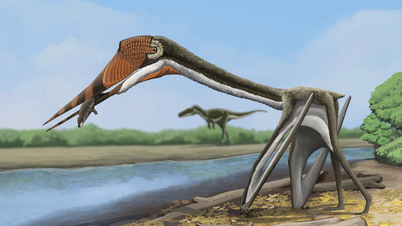


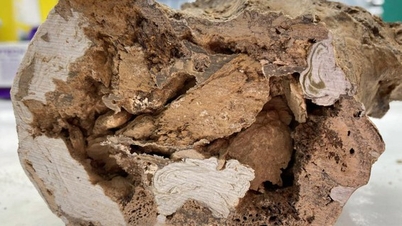




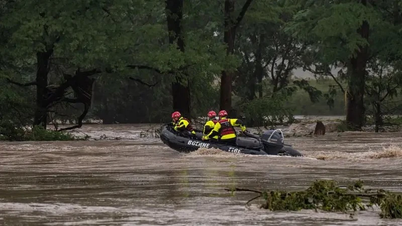











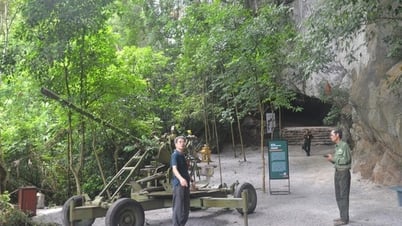
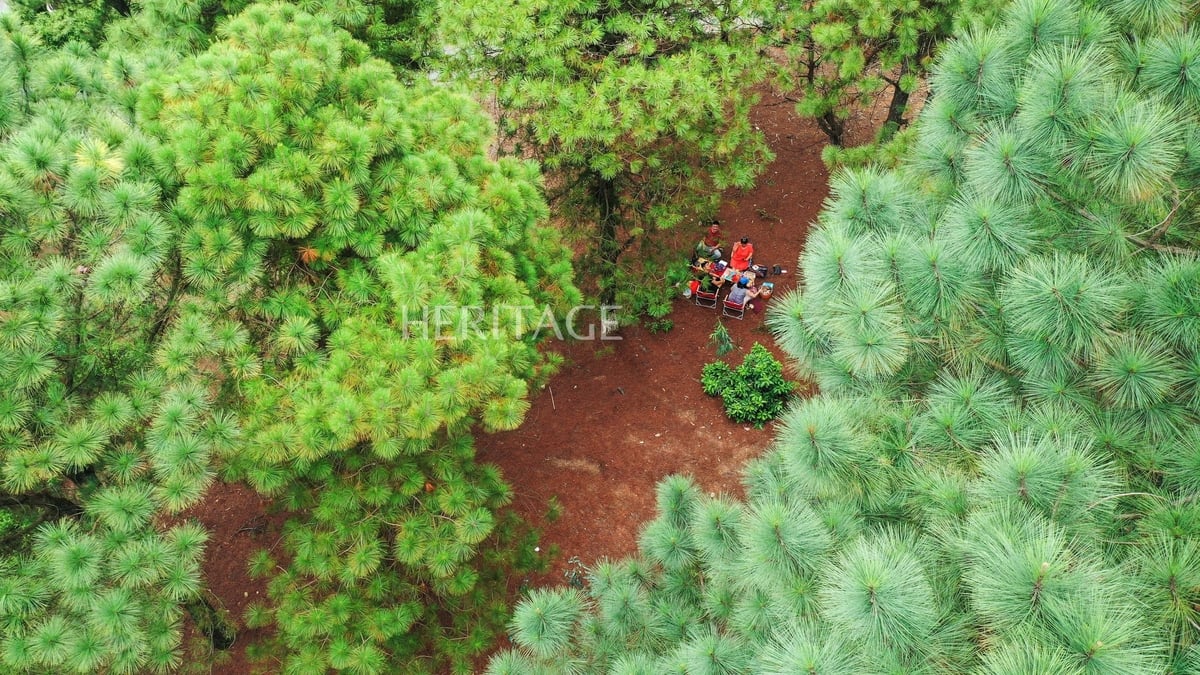


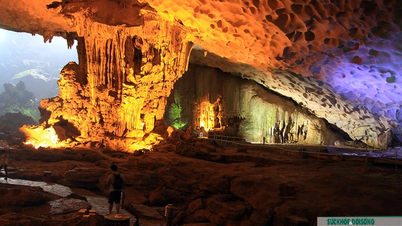

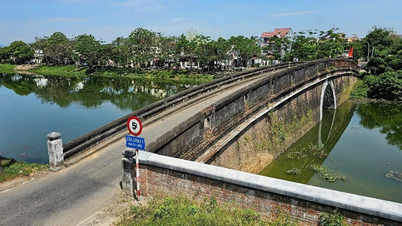

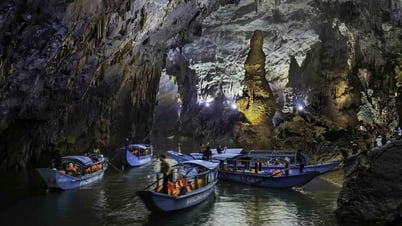

















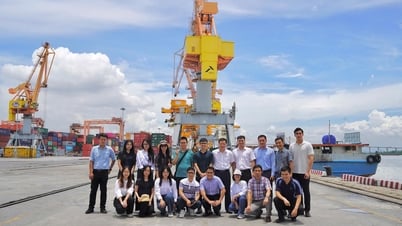



















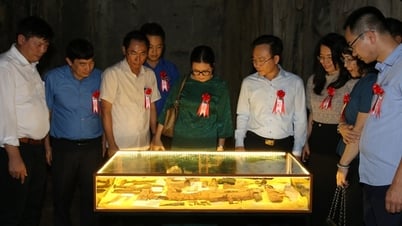










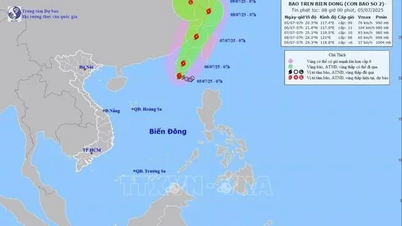







![[OCOP REVIEW] Bay Quyen sticky rice cake: A hometown specialty that has reached new heights thanks to its brand reputation](https://vphoto.vietnam.vn/thumb/402x226/vietnam/resource/IMAGE/2025/7/3/1a7e35c028bf46199ee1ec6b3ba0069e)









Comment (0)